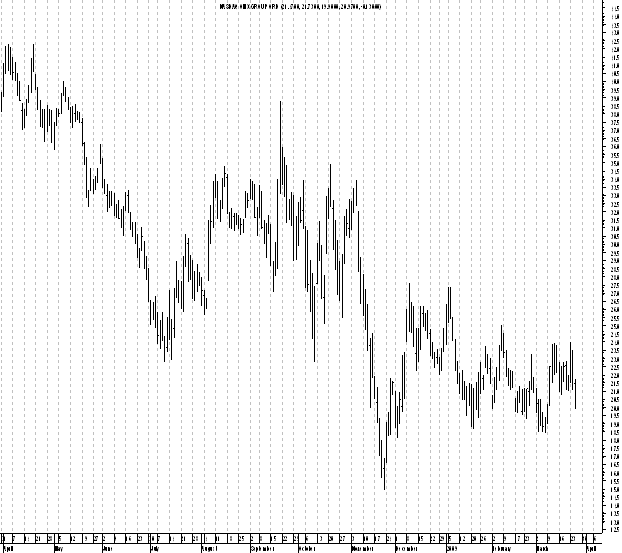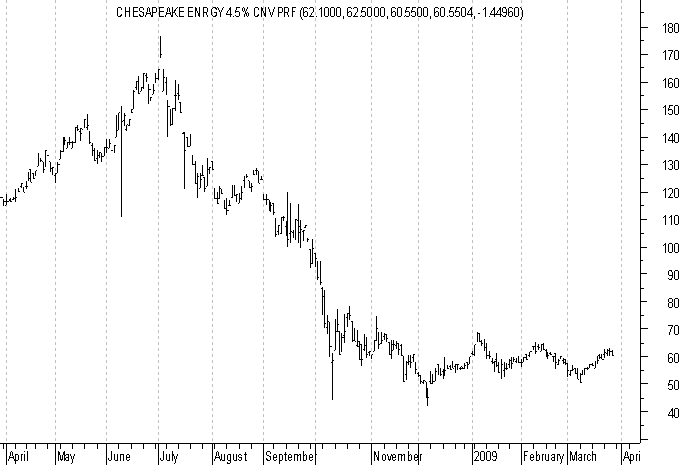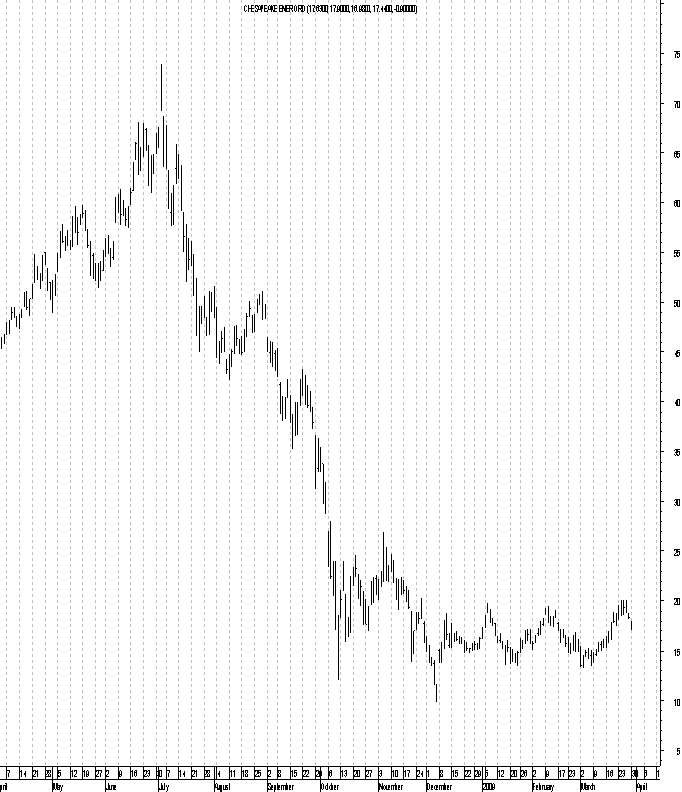How I Trade Convertible Securities
The following is an overview on how I trade convertible securities. I will give you my overall thought process and the rationale I use for making a trade. The convertible market is filled with hidden opportunity, both in capital gain potential and income offerings.
With 30 years of experience in stocks and commodities, I have used many methods to trade. Convertibles are an area I have developed a niche. There is quite a bit to be said about receiving income and having the ability to obtain capital gains from a positive move in stock direction. With proper investigation, one can greatly improve their portfolio using convertibles.
Click here to order your copy of The VXX Trend Following Strategy today and be one of the very first traders to utilize these unique strategies. This guidebook will make you a better, more powerful trader.
Convertible securities offer investors the ability to receive income and participate in capital gains with positive stock moves. Up until recently, convertibles have been primarily an institutional product but can now be had by individuals. They are offered as Bonds or preferred stock. The impetus for corporations to issue convertibles is to pay a lower interest rate.
Convertible bonds are analogous to traditional corporate bonds in that they have a fixed coupon and an absolute maturity date. The additional feature is the conversion feature. Each bond has a specific number of shares holders can convert into common stock at any time.
An example of a convertible bond is The Nasdaq Group 2.5 % of 8/15/13. The bond is trading at 84.48 or $844.80. The yield to maturity is 6.64%. The bond has a conversion feature of 18.13 shares. The stock would have to go to 55.13 for capital appreciation value.
Figure 1.

An example of a convertible preferred stock is Chesapeake Energy 4.5%. The offering price was 100 on 9/14/2005. It is currently trading at 60 with a yield of 7.5%. It is convertible into 2.26 shares of common currently trading at 18.33. This preferred stock was trading for 99.50 on 9/30/08. The stock got pummeled and so did the preferred. This preferred has a perpetual maturity date which means no maturity, it remains open until called.
Figure 2.

Figure 3.

One of my great successes with convertibles was with Advanced Micro Devices. The stock is currently trading at 3.40 after making a low of 1.62. A few years ago it was trading at this level. I bought one of their convertibles at the time at between 60 and 70. The yield was around 11%. Within a year I sold them between 130 and 140 as the stock ran to over 40. Advanced Micro currently has a convertible with a 5.75% coupon trading at 45. The maturity is 8/15/12 and the yield is 34.2%. Of course there are many fundamental negatives with the company but nonetheless it is interesting.
Trading convertibles requires a level of sophistication. Most preferred stocks trade on the NYSE so this is not an issue. All bonds are unlisted on exchanges and requires trading through market makers. It is imperative that you have the ability to trade throughout the street. One needs to investigate their source of trading and insure the ability to trade throughout the street.
Clearly, the environment we are in today is one of uncharted waters. It has most definitely been a rocky road. Convertibles most definitely offer investment opportunity and can aide investors with their portfolio.
Convertible Investment Candidates
Choosing possible convertible candidates is a different process than buying common stock. As previously mentioned preferred stocks are not an issue because they trade NYSE. Keep in mind that there are only about 75 issues. Convertible bonds trade OTC and must be transacted through a market maker. The first thing I do is run a search through my Thomson for maturities running five years and a search running up to fifteen years maturity. The next process is to compile a list of investment possibilities and confirm availably. Many times this cannot be accomplished at an adequate price.
As mentioned previously, an investor in bonvertibles must assure that they have proper ability to trade bonvertibles. I have traded at Merrill Lynch, Oppenheimer, Goldman Sachs, UBS, Bank Of America and a host of other market makers throughout the street. If you are trading through a broker at one of these firms you must keep in mind that you are limited to their offering inventories. Their offer is your sole ability. In addition, if you liquidate you are subject to their bid.
Yield has a most definite bearing on investment decisions. Current money market funds are yielding between 1/4 and 1%. This can be beat handsomely with bonvertibles. Bluntly put, if the company you invest a bonvertible with does not go bankrupt before maturity, you will receive your yield. Today is a world of unchartered waters and requires close examination as we all have seen things happen never seen before.
My intention when composing my investment list is to hold all investments until maturity. The next goal is to establish belief that the company will remain solvent. I then will look at the technicals of the issue. The Parabolic, Gann Hi-Lo Activator, MACD and others are all involved in the process. Since the investment is longer term than day trading stocks I will even look at the fundamental recommendations of the stock. Lastly, I then will examine the yield to see if the situation is attractive on just this basis. Naturally, the attraction comes if a positive move in the stock occurs. Regardless, the yield to maturity may be a worthwhile benefit.
Steve Weitz has been trading stocks and commodities for over 30 years. He graduated from Berkeley with an accounting degree in 1976 and have worked for Smith Barney, Oppenheimer, Merrill Lynch, E.F. Hutton, Shearson Lehman, and Paine Webber. He is currently an independent stock broker with a California broker dealer and an introducing broker trading commodities. To Learn more visit www.altinvestmentsfortheweek.com or www.commoditiesfortheweek.com
